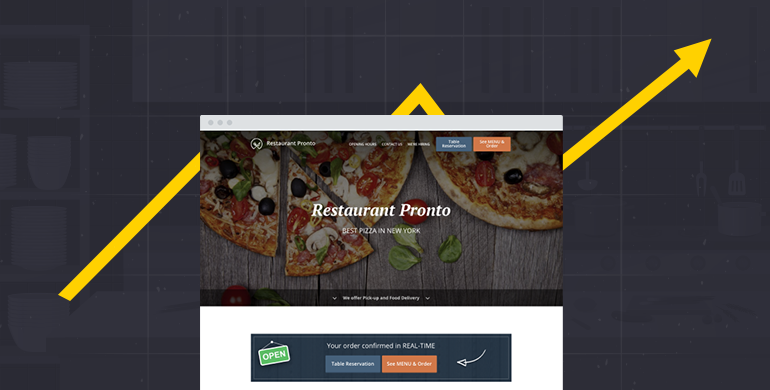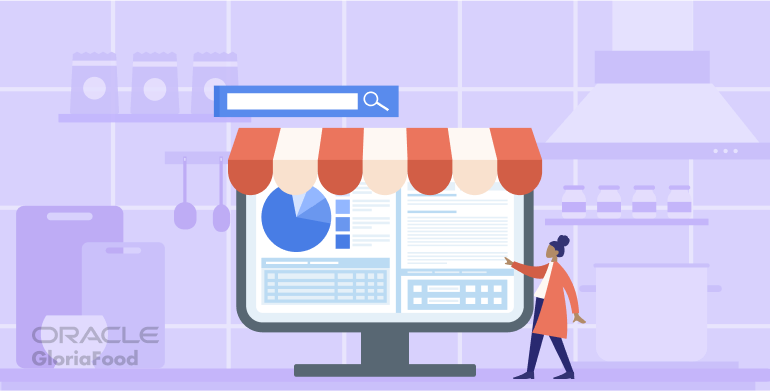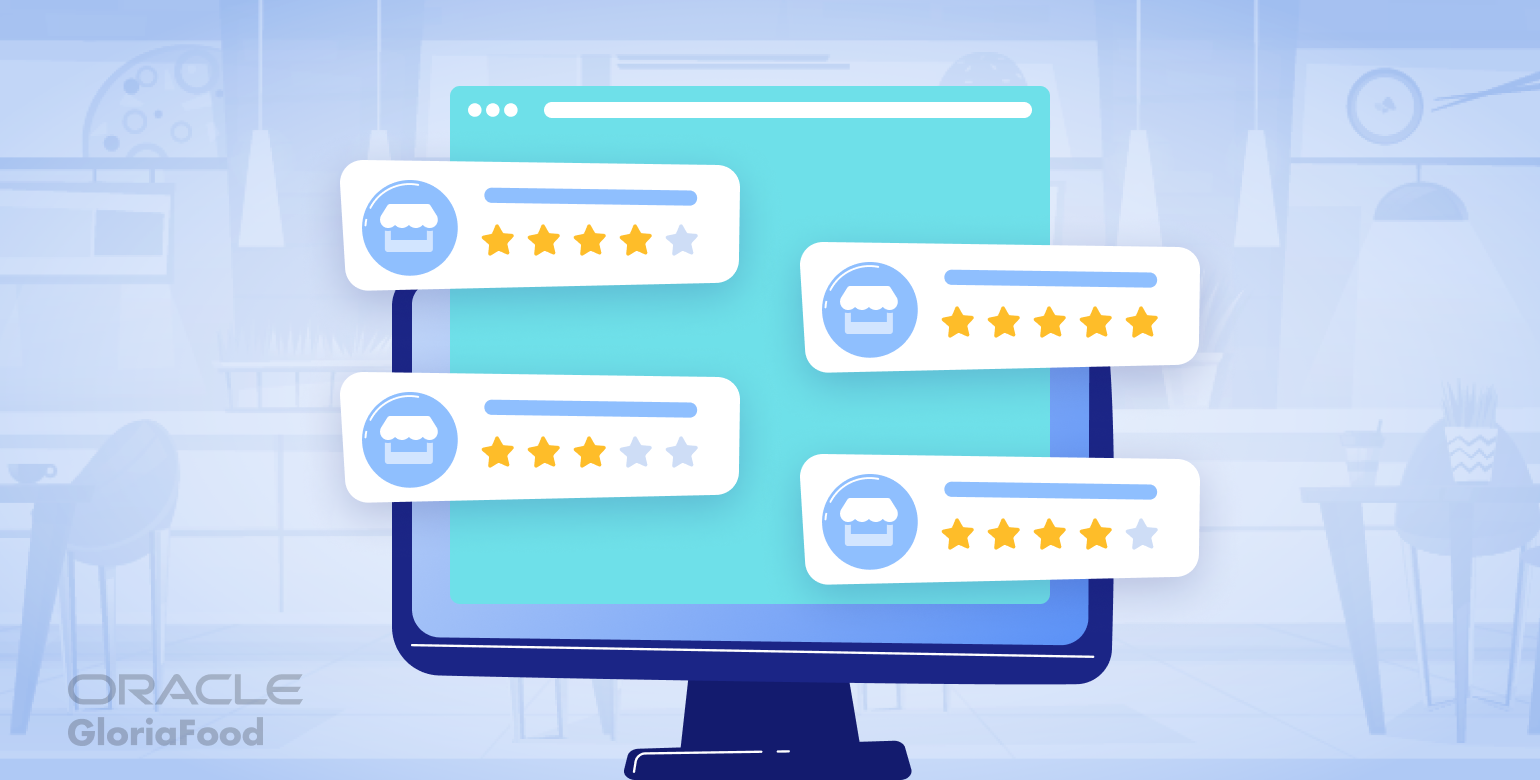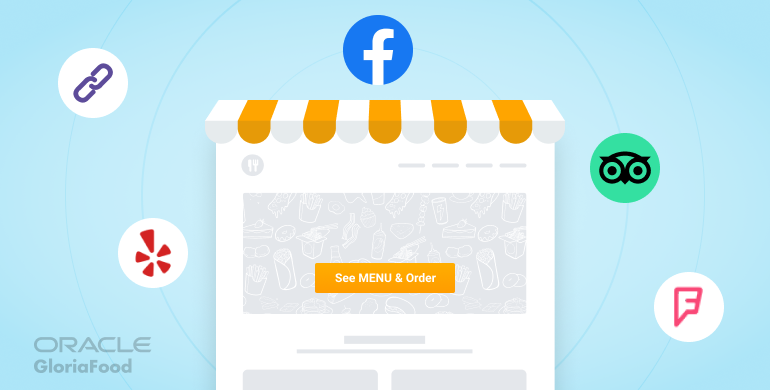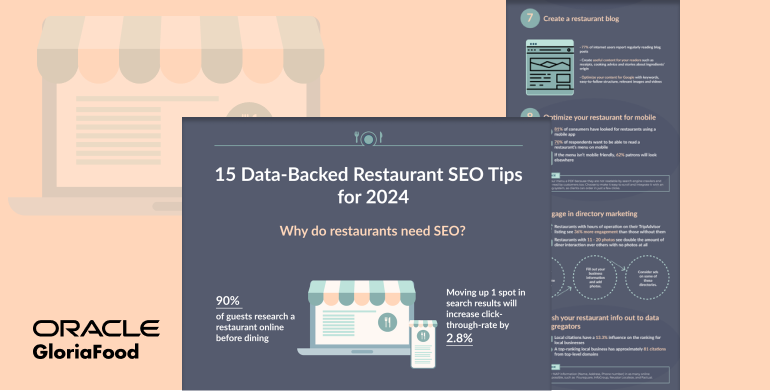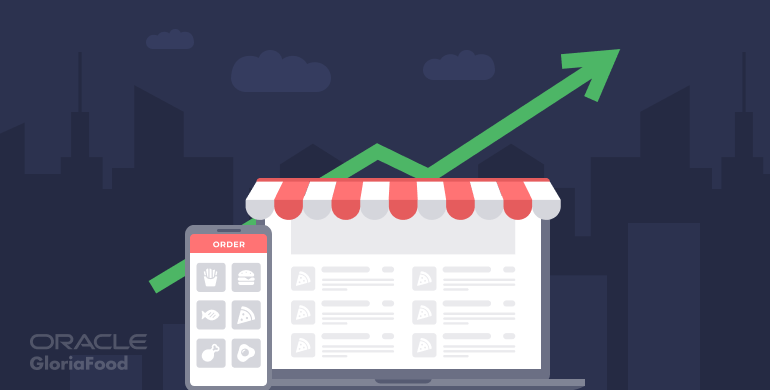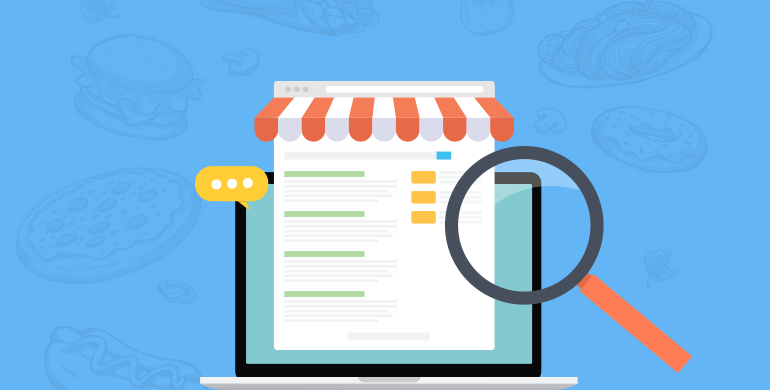When you optimize your restaurant website, you make it easier for potential customers to place online orders & schedule reservations. In return, you can expect increased website traffic and more food sales.
Search engine optimization (SEO) has changed a lot over the last decade. To get the best results, you should follow the strategies that work best today.
The follow restaurant strategies to attract customers should get you started down the right path.
Choose the Best Domain Name Possible
Ideally, you can register a domain name that includes at least one keyword for your business. If your business’s name is available, then use that. For example, try to register “floras.com” if you own a restaurant named Flora’s.
If you can’t get the specific domain name that you want, try adding a word to the name. Available options might include:
- Florasrestaurant.com
- FlorasNYC.com
- Flolasfood.com
Use Local Keywords That Will Attract Local Customers
You must choose top restaurant keywords when you optimize your restaurant website.
The top keywords for food will vary depending on the type of restaurant that you own, though.
Start with high-level keywords like:
- [city name] restaurant: i.e., New York restaurant
- top restaurant in [city name]: i.e., top city in New York
- restaurants in [neighborhood name]: i.e., restaurants in Brooklyn
Then, you can focus on niche keywords that will attract customers looking for specific types of restaurants. Niche options might include:
- [city name] pizza: New York pizza
- [city name] vegan: New York vegan
- romantic restaurant
- farm to table restaurants
Some people will know your restaurant’s name already, but they want to use a search engine to find your website. The search engine will give them better results when you include your restaurant’s name and other brand keywords on your pages.
Examples of brand keywords:
- Floras restaurant
- Floras pizza restaurant
- Floras bar and grill
Once you’ve optimized your pages, you can look at how each keyword performs. Replace the ones that don’t attract much traffic with new ideas that could work better.
Non-Keyword Information
Also, search engines like to see useful information as well as keywords. Create pages that list your location, hours of operation, menu, and other important info.
Spending an hour or so making these pages will put your website ahead of restaurants that don’t bother.
Include Meta Tags to Help Search Engines Find Your Pages
So many business owners forget to use meta tags. Perhaps they don’t think that the tags are important. Well, Google and every other search engine disagree. Using meta tags will help optimize your site and ensure that you get a high ranking.
Some of the most important meta tags include:
- Title tag
- Meta description
- Alternative text
- Header tags
- Responsive design meta tag
Get our fully optimized, Sales Generating Website
Use our fully automated Website Generator to create a responsive website
Use Responsive Design That Will Work on Any Device
Sometime in 2016, people started using their smartphones more often than their computers to search for websites.
Google recognized the importance of this change. In response, the search engine started giving preference to websites that use responsive designs.
Responsive designs adjust to the screens of users. When a smartphone accesses your website, the design changes slightly to look good on the person’s screen. Instead of jamming a bunch of images, logos, and text into a small space, it rearranges the design.
Luckily, responsive design has become very easy to use. In most cases, your website publisher will default to a responsive design.
Still, it never hurts to double-check. You don’t want a website that looks like nonsense on smartphones!
Use this in-depth video tutorial to find out how you can make a fully responsive restaurant website with a few simple clicks.
Optimize Your Restaurant Website with a Mobile-Friendly Menu
As an extension of using responsive design, you should make sure that you have a mobile-friendly menu on your website.
Providing a useful menu is one of the most effective ways to attract customers to a restaurant.
As a general rule, people like knowing what food a restaurant serves. They don’t want to take a big chance on a restaurant that makes foods they don’t enjoy.
With a mobile-friendly menu, you eliminate the chance that customers will leave your restaurant once they walk in the door and see that they don’t like your menu.
However, it’s crucial to ensure that your website performs efficiently across all devices. If your website is hanging up or causing performance issues due to high energy consumption, it could drive potential customers away. To avoid this, address any significant energy usage by your webpage.
Online lead generation relies on shareable content. That means you need to add beautiful and mouth-watering pictures, restaurant reviews, and blog posts to your website.
Make sure you also share your content on social media sites. The content that you post on other sites can help you optimize your restaurant website. It works especially well when your customers like the content enough to share it with their friends.
You can start making great content by thinking about restaurant marketing ideas. Use your blog to tell people about daily specials, events at your restaurant, and changes to your menu.
If a holiday is coming up, post food promos on your restaurant website and your social media profiles. The more shares you get, the more traffic your website will get. That puts you in a position to sell even more food!
Save Time With Templates
Unless you love making websites, you might feel like making a restaurant website from scratch sounds like too much work. You don’t want to be one of those restaurants without websites… but you don’t want to spend a lot of time optimizing content, either.
GloriaFood makes the process easier and faster by giving you access to website templates. You just drag and drop your content into the template.
The template does every else for you. It will even choose a color scheme that looks professional and attractive.
Press Publish, and your page goes live!
GloriaFood can also help you optimize your restaurant website by generating keywords, teaching you about effective restaurant promotions, and making it easy for customers to place orders and reservations through your site.
Today’s consumers rely on the internet to help them make decisions about how they will use their time and money. Learn how to optimize your restaurant website so you can stand out as a top option for the people near you.
SEO can't wait, get on the first page of Google now
Start by getting your own sales optimized website, completely customized to your needs
